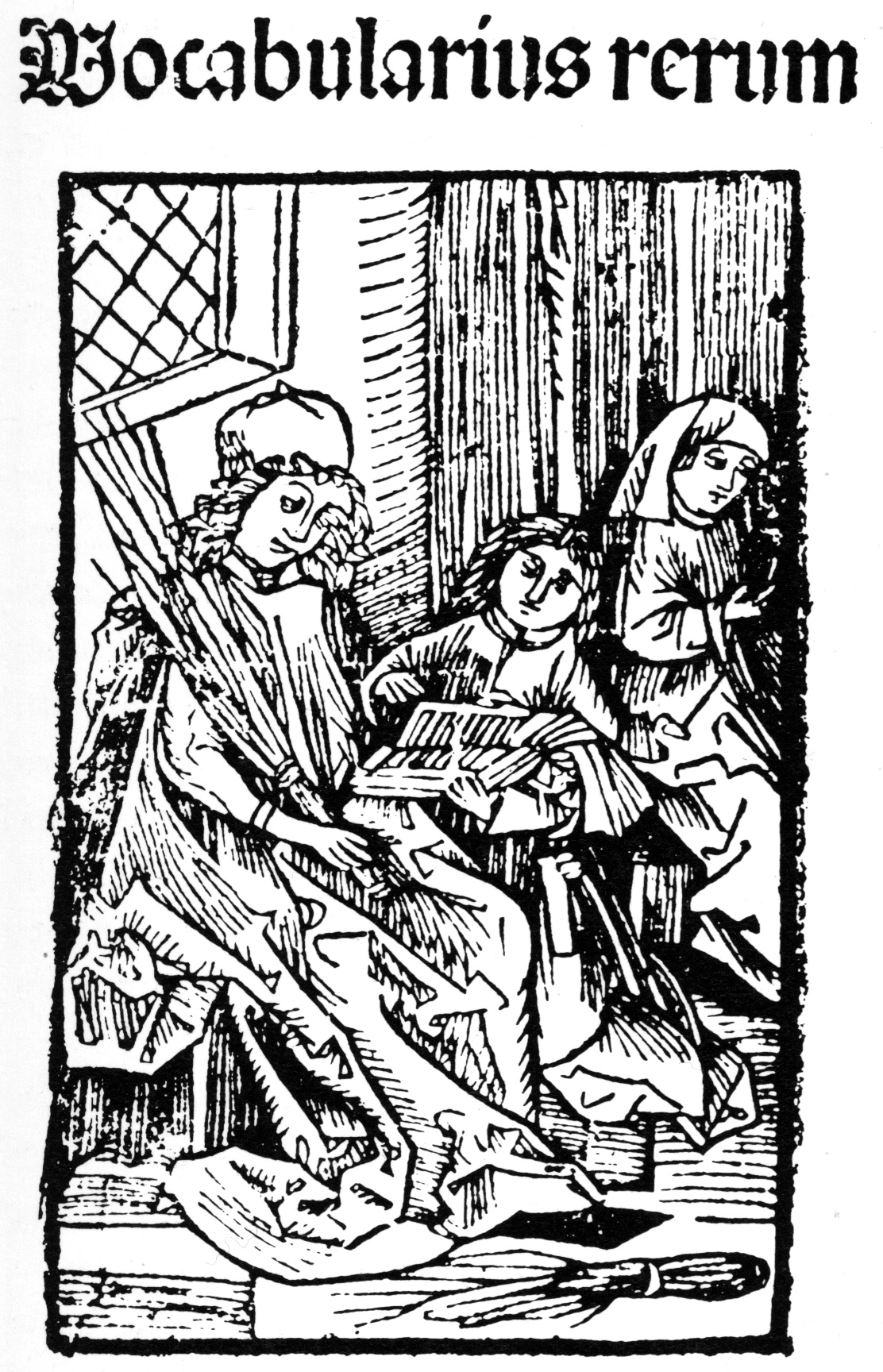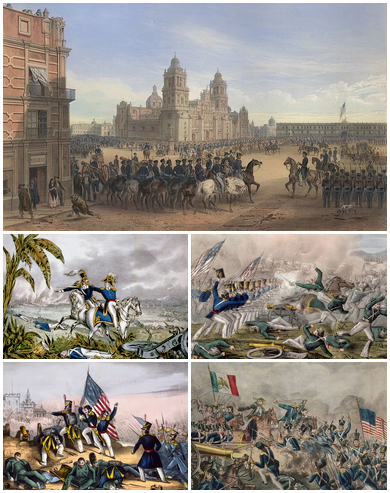|
Pál Balkay
Pál Balkay (1785 –1846) was a Hungarian painter and teacher best known for his portrait of ''The Sister and Brother''. He was born in Tiszaörs. Following his studies in Vienna Vienna ( ; ; ) is the capital city, capital, List of largest cities in Austria, most populous city, and one of Federal states of Austria, nine federal states of Austria. It is Austria's primate city, with just over two million inhabitants. ..., on the invitation of Ferenc Kazinczy, the reformist thinker who supported his activities, Balkay returned in 1808 to Hungary, where he taught art in the town of Eger from 1817. He painted many altar pictures and allegorical compositions on mythological figures and themes including "Leda and the Swan", 1810, and "The House of Peace" in 1820. His well-known works include the portraits of Kazinczy and his wife as well as his self-portrait. Gallery Balkay, Pal - Sister and Brother.jpg, ''The Sister and Brother'' Balkay Allegória.jpg, Balkay's 1820 ... [...More Info...] [...Related Items...] OR: [Wikipedia] [Google] [Baidu] |
Painting
Painting is a Visual arts, visual art, which is characterized by the practice of applying paint, pigment, color or other medium to a solid surface (called "matrix" or "Support (art), support"). The medium is commonly applied to the base with a brush. Other implements, such as palette knives, sponges, airbrushes, the artist's fingers, or even a dripping technique that uses gravity may be used. One who produces paintings is called a painter. In art, the term "painting" describes both the act and the result of the action (the final work is called "a painting"). The support for paintings includes such surfaces as walls, paper, canvas, wood, glass, lacquer, pottery, leaf, copper and concrete, and the painting may incorporate other materials, in single or multiple form, including sand, clay, paper, cardboard, newspaper, plaster, gold leaf, and even entire objects. Painting is an important form of visual arts, visual art, bringing in elements such as drawing, Composition (visual art ... [...More Info...] [...Related Items...] OR: [Wikipedia] [Google] [Baidu] |
Teacher
A teacher, also called a schoolteacher or formally an educator, is a person who helps students to acquire knowledge, competence, or virtue, via the practice of teaching. ''Informally'' the role of teacher may be taken on by anyone (e.g. when showing a colleague how to perform a specific task). In some countries, teaching young people of school age may be carried out in an informal setting, such as within the family (homeschooling), rather than in a formal setting such as a school or college. Some other professions may involve a significant amount of teaching (e.g. youth worker, pastor). In most countries, ''formal'' teaching of students is usually carried out by paid professional teachers. This article focuses on those who are ''employed'', as their main role, to teach others in a ''formal'' education context, such as at a school or other place of ''initial'' formal education or training. Duties and functions A teacher's role may vary among cultures. Teachers may provi ... [...More Info...] [...Related Items...] OR: [Wikipedia] [Google] [Baidu] |
Tiszaörs
Tiszaörs is a village in Jász-Nagykun-Szolnok county, in the Northern Great Plain region of central Hungary. Geography It covers an area of and has a population of 1379 people (2015). Tiszaörs bath The alkaline hydrogenated iadous boiling water gushed up in 1932. Notable residents * Pál Balkay Pál Balkay (1785 –1846) was a Hungarian painter and teacher best known for his portrait of ''The Sister and Brother''. He was born in Tiszaörs. Following his studies in Vienna Vienna ( ; ; ) is the capital city, capital, List of ..., painter References External links Official sitein Hungarian Populated places in Jász-Nagykun-Szolnok County {{Jasz-geo-stub ... [...More Info...] [...Related Items...] OR: [Wikipedia] [Google] [Baidu] |
Vienna
Vienna ( ; ; ) is the capital city, capital, List of largest cities in Austria, most populous city, and one of Federal states of Austria, nine federal states of Austria. It is Austria's primate city, with just over two million inhabitants. Its larger metropolitan area has a population of nearly 2.9 million, representing nearly one-third of the country's population. Vienna is the Culture of Austria, cultural, Economy of Austria, economic, and Politics of Austria, political center of the country, the List of cities in the European Union by population within city limits, fifth-largest city by population in the European Union, and the most-populous of the List of cities and towns on the river Danube, cities on the river Danube. The city lies on the eastern edge of the Vienna Woods (''Wienerwald''), the northeasternmost foothills of the Alps, that separate Vienna from the more western parts of Austria, at the transition to the Pannonian Basin. It sits on the Danube, and is ... [...More Info...] [...Related Items...] OR: [Wikipedia] [Google] [Baidu] |
Ferenc Kazinczy
Ferenc Kazinczy (), (in older English: Francis Kazinczy, October 27, 1759 – August 23, 1831) was a Hungarian author, poet, translator, neologist, an agent in the regeneration of the Hungarian language and literature at the turn of the 19th century. Today his name is connected with the extensive Language Reform of the 19th century, when thousands of words were coined or revived, enabling the Hungarian language to keep up with scientific progress and become an official language of the nation in 1844. For his linguistic and literary works he is regarded as one of the cultural founders of the Hungarian Reform Era along with Dávid Baróti Szabó, Ferenc Verseghy, György Bessenyei, Mátyás Rát and János Kis. Life Early years Ferenc Kazinczy was born in Érsemjén, Bihar, Kingdom of Hungary (today Șimian, Romania). His father, József Kazinczy de Kazincz (1732-1784) came from an old noble family and worked as a magistrate at Abaúj County. His mother was Zsuzsanna Bossà ... [...More Info...] [...Related Items...] OR: [Wikipedia] [Google] [Baidu] |
Eger
Eger ( , ; ; also known by other #Names and etymology, alternative names) is the county seat of Heves County, and the second largest city in Northern Hungary (after Miskolc). A city with county rights, Eger is best known for Castle of Eger, its medieval castle, Turkish bath, thermal baths, baroque buildings, the northernmost Eger minaret, Ottoman minaret, and red wines. Its population of around 53,000 (2017) makes it the 19th largest centre of population in Hungary, according to the census. The town is located on the Eger Stream (a tributary of the Tisza river), on the hills between the Mátra and Bükk Mountains, Bükk mountains. The main campus of Eszterházy Károly Catholic University is in Eger. Names and etymology The origin of its name is unknown. One suggestion is that the place was named after the alder ( in Hungarian language, Hungarian) which grew so abundantly along the banks of the Eger Stream. This explanation seems to be correct because the name of the town ref ... [...More Info...] [...Related Items...] OR: [Wikipedia] [Google] [Baidu] |
1785 Births
Events January–March * January 1 ** The Burmese Konbaung Dynasty annexes the Mrauk U Kingdom of Arakan. ** The first issue of the ''Daily Universal Register'', later known as ''The Times'', is published in London. * January 7 – Frenchman Jean-Pierre Blanchard and American John Jeffries travel from Dover, England to Calais, France in a hydrogen gas balloon, becoming the first to cross the English Channel by air. * January 11 – Richard Henry Lee is elected as President of the U.S. Congress of the Confederation.''Harper's Encyclopaedia of United States History from 458 A. D. to 1909'', ed. by Benson John Lossing and, Woodrow Wilson (Harper & Brothers, 1910) p167 * January 20 – Battle of Rạch Gầm-Xoà i Mút: Invading Siamese forces, attempting to exploit the political chaos in Vietnam, are ambushed and annihilated at the Mekong River by the Tây SÆ¡n. * January 27 – The University of Georgia in the United States is chartered by the Georgia ... [...More Info...] [...Related Items...] OR: [Wikipedia] [Google] [Baidu] |
1846 Deaths
Events January–March * January 5 – The United States House of Representatives votes to stop sharing the Oregon Country with the United Kingdom of Great Britain and Ireland, United Kingdom. * January 13 – The Milan–Venice railway's bridge, over the Venetian Lagoon between Mestre and Venice in Italy, opens, the world's longest since 1151. * January 23 – Ahmad I ibn Mustafa, Bey of Tunis, declares the legal abolition of slavery in Tunisia. * February 4 – Led by Brigham Young, many Mormons in the U.S. begin their migration west from Nauvoo, Illinois, to the Great Salt Lake in what becomes Utah. * February 10 – First Anglo-Sikh war: Battle of Sobraon – British forces in India defeat the Sikhs. * February 18 – The Galician Peasant Uprising of 1846 begins in Austria. * February 19 – Texas annexation: United States president James K. Polk's annexation of the Republic of Texas is finalized by Texas president Anson Jones in a formal ceremony of transfer of sover ... [...More Info...] [...Related Items...] OR: [Wikipedia] [Google] [Baidu] |
People From Tiszaörs
The term "the people" refers to the public or common mass of people of a polity. As such it is a concept of human rights law, international law as well as constitutional law, particularly used for claims of popular sovereignty. In contrast, a people is any plurality of persons considered as a whole. Used in politics and law, the term "a people" refers to the collective or community of an ethnic group or nation. Concepts Legal Chapter One, Article One of the Charter of the United Nations states that "peoples" have the right to self-determination. Though the mere status as peoples and the right to self-determination, as for example in the case of Indigenous peoples (''peoples'', as in all groups of indigenous people, not merely all indigenous persons as in ''indigenous people''), does not automatically provide for independent sovereignty and therefore secession. Indeed, judge Ivor Jennings identified the inherent problems in the right of "peoples" to self-determination, as i ... [...More Info...] [...Related Items...] OR: [Wikipedia] [Google] [Baidu] |
19th-century Hungarian Painters
The 19th century began on 1 January 1801 (represented by the Roman numerals MDCCCI), and ended on 31 December 1900 (MCM). It was the 9th century of the 2nd millennium. It was characterized by vast social upheaval. Slavery was abolished in much of Europe and the Americas. The First Industrial Revolution, though it began in the late 18th century, expanded beyond its British homeland for the first time during the 19th century, particularly remaking the economies and societies of the Low Countries, France, the Rhineland, Northern Italy, and the Northeastern United States. A few decades later, the Second Industrial Revolution led to ever more massive urbanization and much higher levels of productivity, profit, and prosperity, a pattern that continued into the 20th century. The Catholic Church, in response to the growing influence and power of modernism, secularism and materialism, formed the First Vatican Council in the late 19th century to deal with such problems and confirm ce ... [...More Info...] [...Related Items...] OR: [Wikipedia] [Google] [Baidu] |







